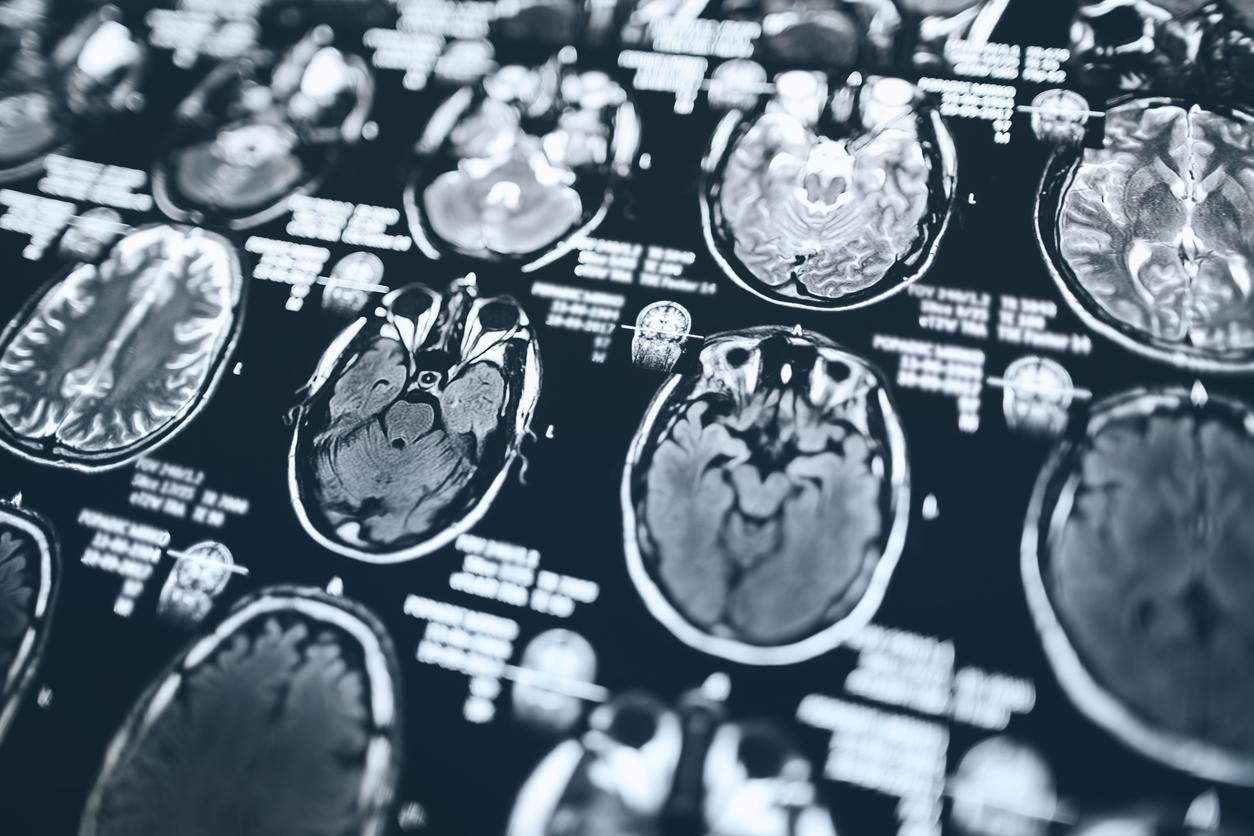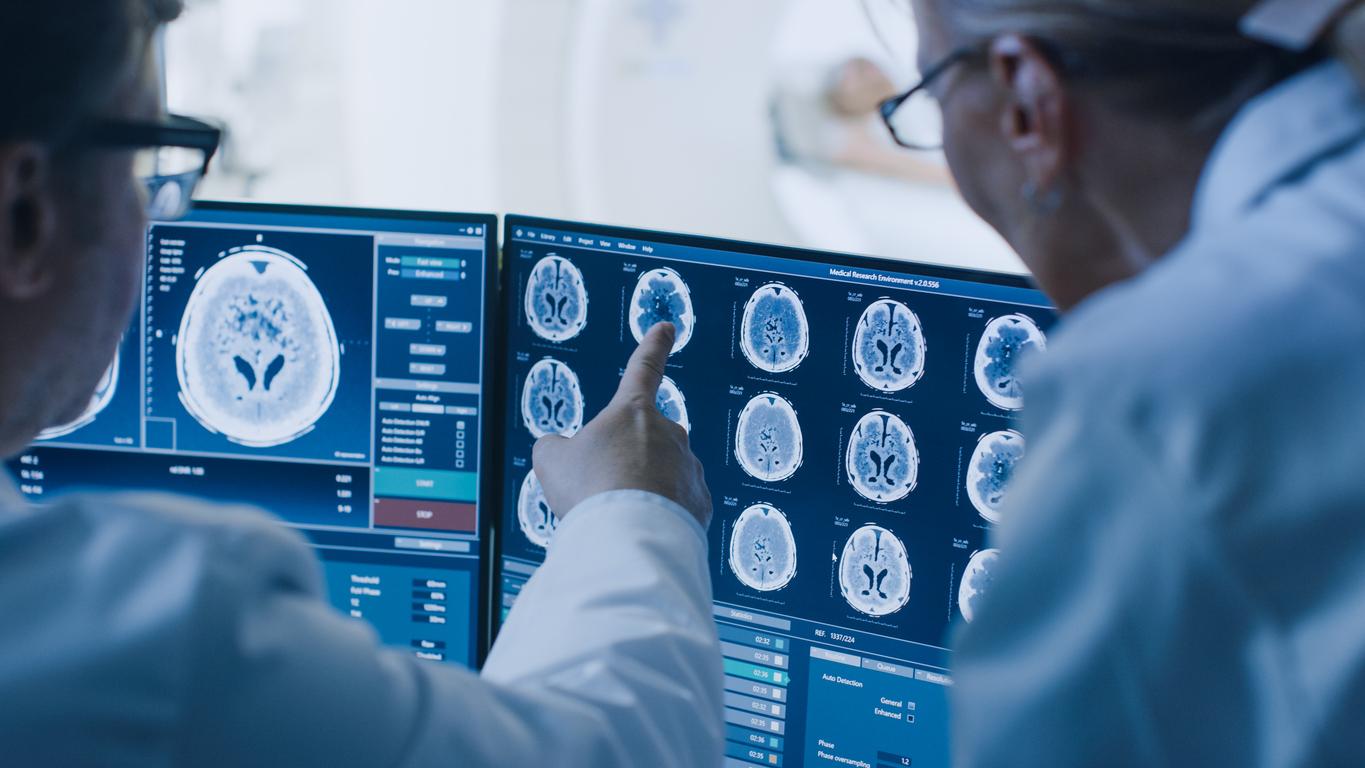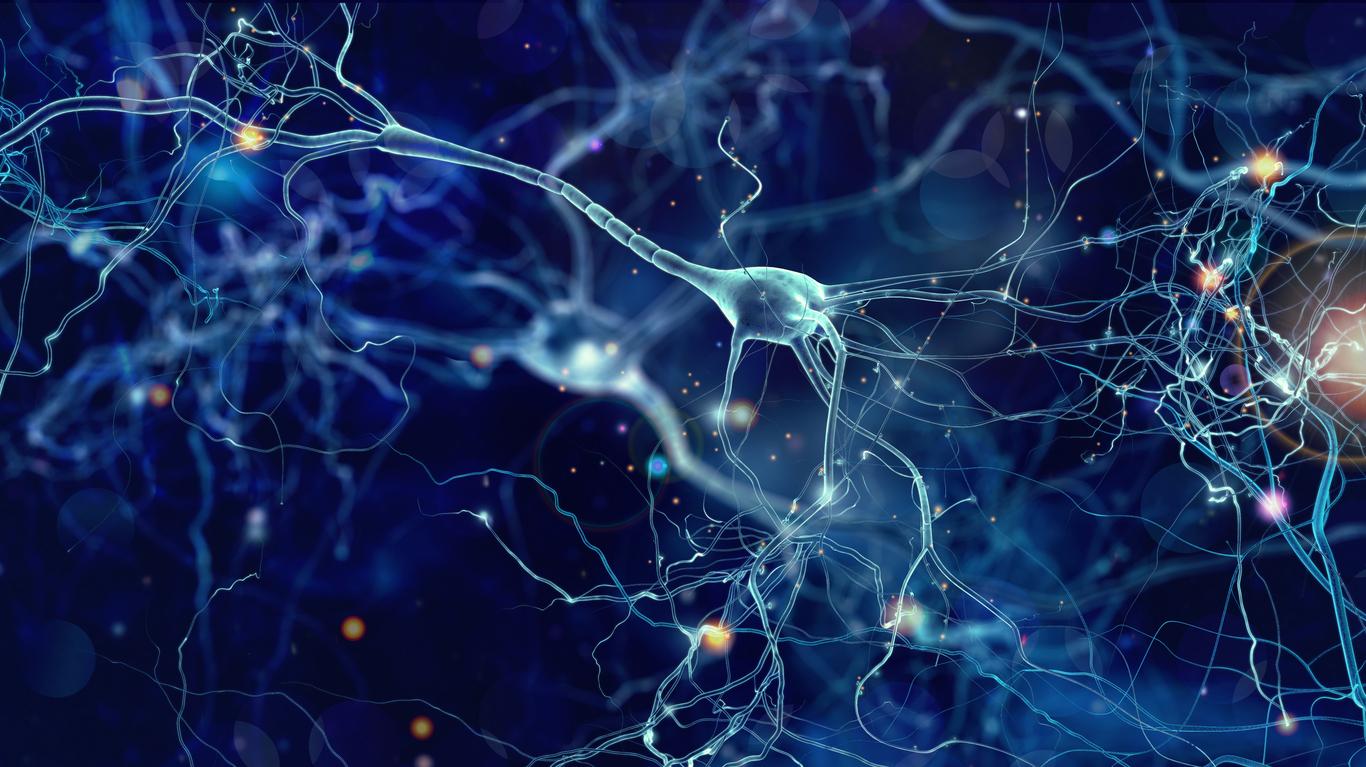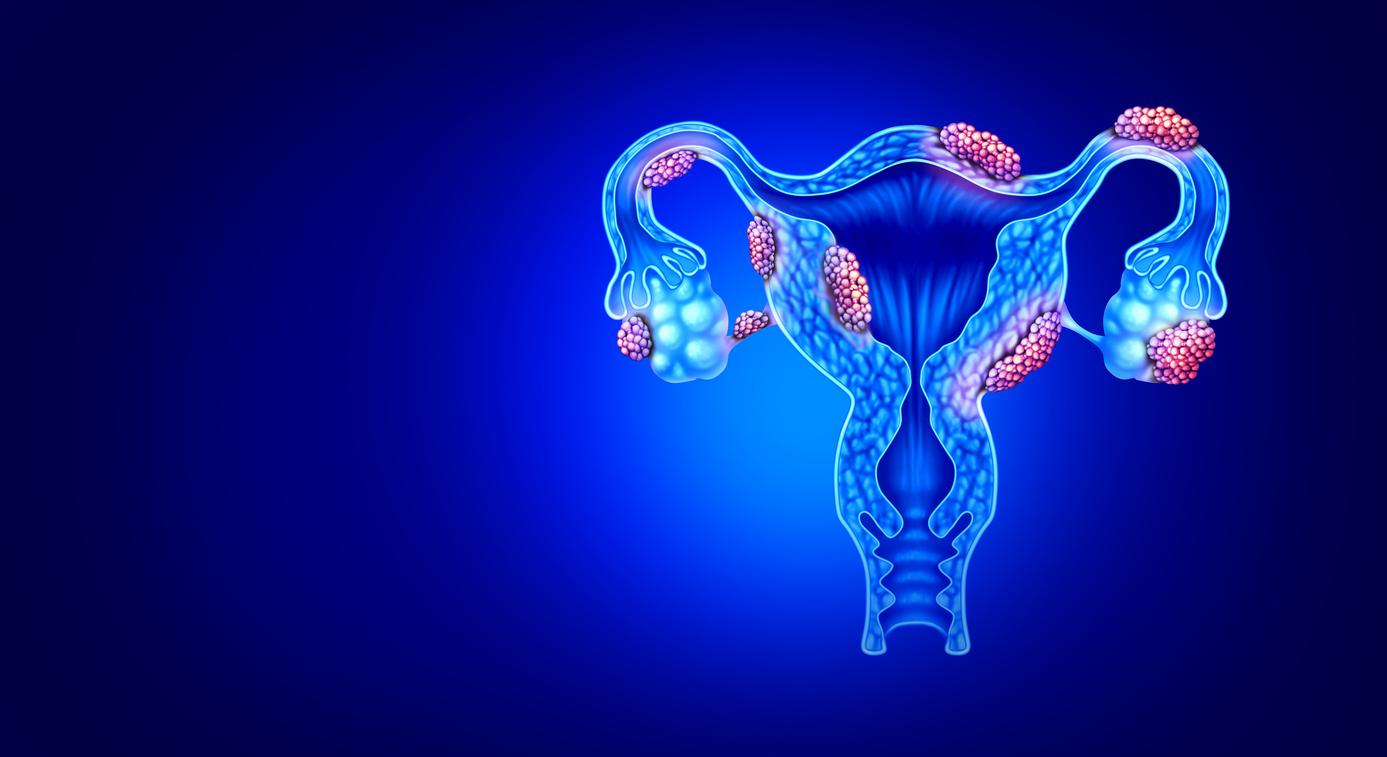Researchers have been able to slow the progression of amyotrophic lateral sclerosis by preventing the death of nerve cells in animal models.

- Researchers have discovered a potential new way to stop or reverse the progression of amyotrophic lateral sclerosis by preventing the death of nerve cells.
- They found that when two disease-associated proteins, TDP-43 and RGNEF, interact with each other, it reduces damage to nerve cells and prevents their death.
- Tested in flies and mice, the new approach increased lifespan and mobility, protected neurons from degeneration and reduced markers of neuroinflammation.
Amyotrophic lateral sclerosis (ALS), better known as Lou Gehrig’s disease, is a neurodegenerative disease that affects the neurons responsible for muscle control, leading to muscle atrophy and progressive paralysis leading to death, usually within two to five years.
After decades of searching for a cure, a team of scientists from the University of Western Ontario in Canada say they have discovered a potential new path to “stop or even reverse the progression of the disease by preventing the death of nerve cells”, who is “the trademark” of the disease.
Fewer symptoms of amyotrophic lateral sclerosis in mice
As part of their work, published in the journal Brainthe researchers targeted the protein TDP-43, which is responsible for cell death in virtually all ALS patients. They found that a specific fragment of a second protein also present in neurons affected by the disease, called RGNEF, could mitigate the toxic effects of TDP-43: when the two proteins interact with each other, it significantly reduces damage to nerve cells and prevents their death.
Tested in flies, the new approach extended lifespan, improved motor function and protected nerve cells from degeneration. Mouse models also saw increased lifespan and mobility, and decreased markers of neuroinflammation.

The key to a treatment for Charcot’s disease?
“This gives us reason to believe that we have discovered the path to a treatment, researchers congratulate themselves in a communicated. Importantly, this interaction could be key to developing a treatment not only for ALS, but also for other related neurological conditions, such as frontotemporal dementia.”
“This is a pivotal moment in ALS research that could truly transform the lives of patients.”add the authors of the study. With the will of “making a difference for the thousands of people around the world diagnosed with this devastating disease”they have set themselves the goal of conducting clinical trials of their treatment on humans within five years.

















